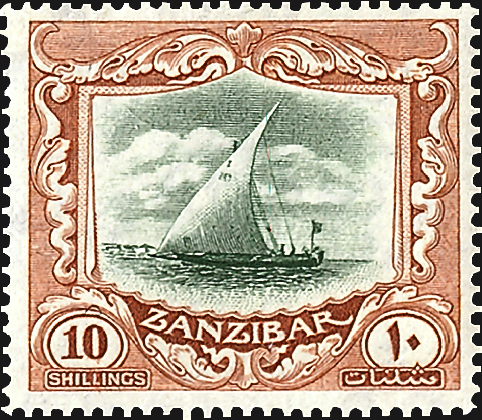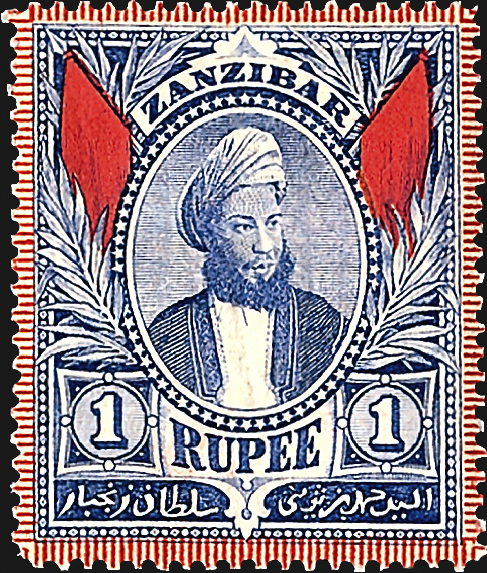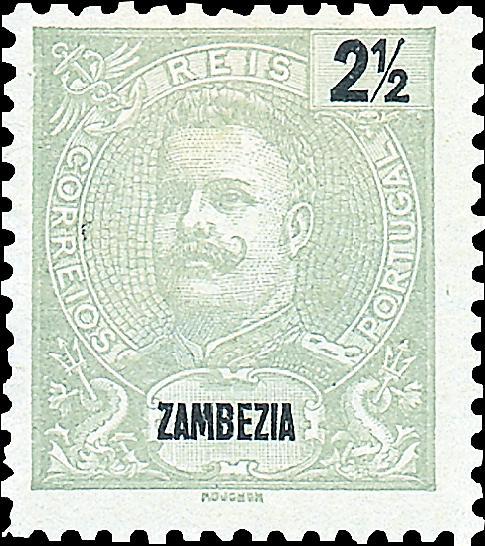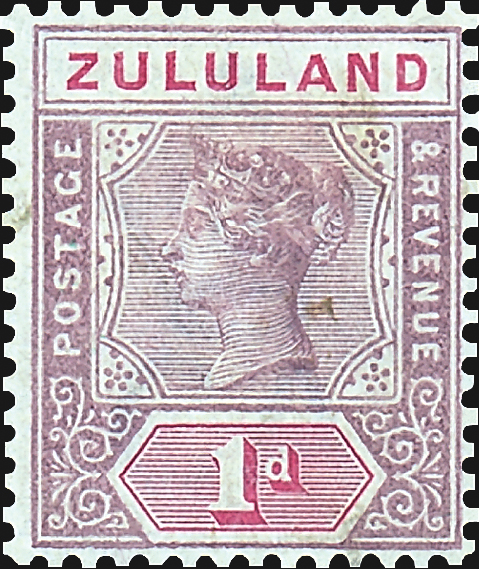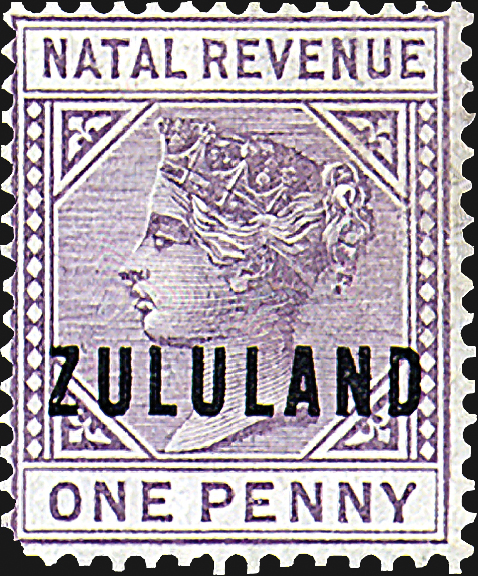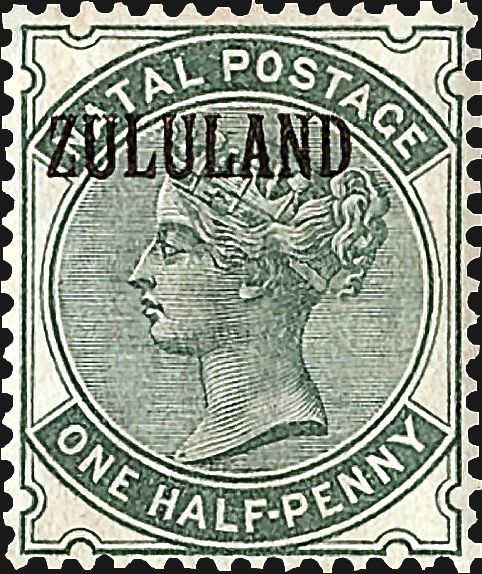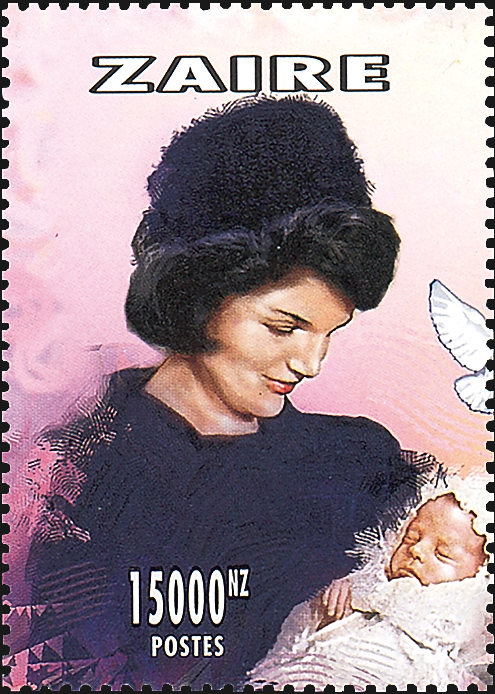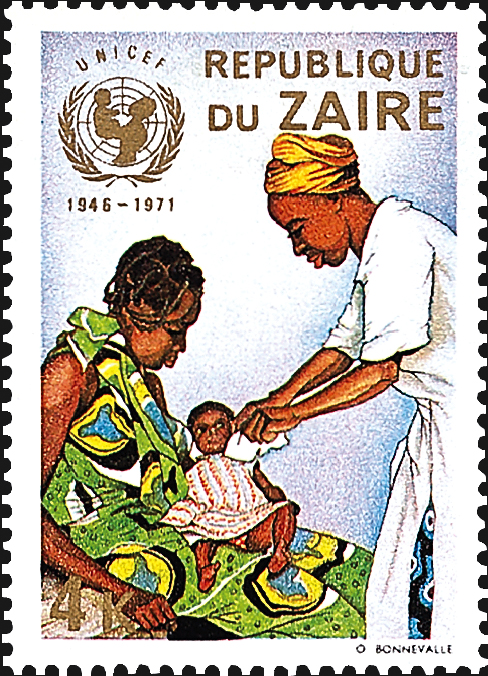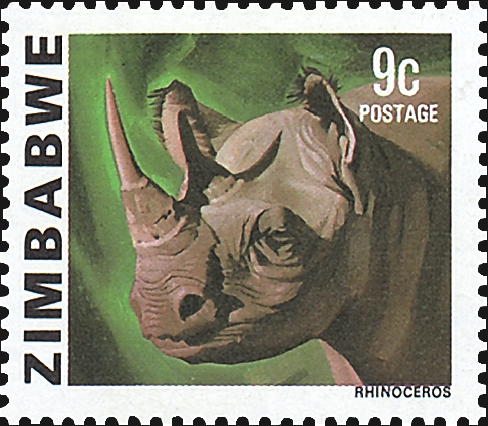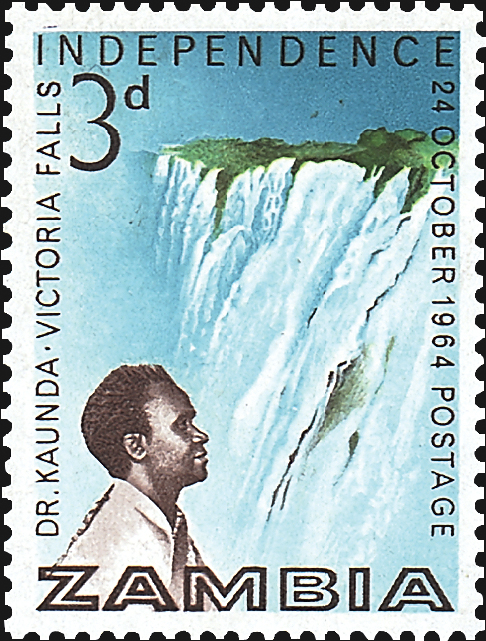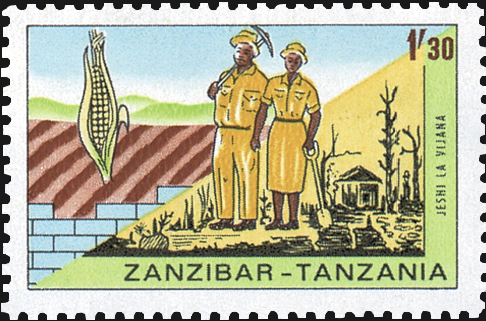World Stamps
Stamp Collecting Basics: Is your stamp collection all caught up on its Zzzzzzs?
The last few pages of stamp listings in Vol. 6 of the Scott Standard Postage Stamp Catalogue contain the stamp-issuing countries beginning with the letter “Z.”
Naming all six of them would be a fun question for a stamp club quiz. The answer to the question will be revealed throughout this column. Here is a big hint, though: All six of the stamp-issuing “Z” countries are in Africa.
Zululand was the first “Z” country to issue stamps. Those first stamps were overprinted stamps of Great Britain bearing the portrait of Queen Victoria, such as the one illustrated here: Scott 9, with “Zululand” overprinted on a British 9-penny stamp.
Great Britain established trading rights with the Zulu Kingdom as early as 1824. The Zulu Kingdom became increasingly strong, and in 1879 war erupted over border disputes between the British and the Zulus. It was a bloody war for both sides, but eventually victorious Great Britain claimed Zululand as a British possession.
While Zululand’s first 11 stamps were British stamps overprinted for Zululand, stamps of the British colony of Natal in Africa were overprinted for use in Zululand as well, such as the 1888 issue, Scott 12, shown here.
Also illustrated is a Zululand oddity, Scott 14, which is a Natal 1d revenue stamp (according to the banner at the top of the stamp), but overprinted “Zululand” and authorized for use as postage. Other Natal revenue stamps also were overprinted for use in Zululand. These were not authorized for use as postage, but nevertheless some were used as such. Only the overprinted 1d revenue was valid for postage.
The last stamps to be issued for Zululand were keytype stamps. A keytype is a basic stamp design that was used for multiple stamp entities, in this case a uniform image of the reigning monarch, Queen Victoria. The denominations and colony names were added by a separate printing plate called a duty plate. This method speeded stamp production for a multitude of British colonies.
Shown here is a Zululand 1d keytype in use from 1894 to 1897, when Zululand became part of Natal. Today it is KwaZulu-Natal, a province of the Republic of South Africa.
Zambezia was part of Mozambique in Portuguese East Africa on Africa’s southeastern coast. It took its name from the Zambezi River.
The first stamps used in Zambezia were Portugal’s King Carlos stamps (used by many of the Portuguese colonies) with the colony’s name in the bottom of the oval frame around the monarch’s image. These were provided for Zambezia in 1894.
In 1898, another King Carlos stamp was issued. This time the stamps were overprinted “Zambezia,” with the name fitting nicely in a small frame below the portrait, and a surcharge printed in the upper-right corner (Scott 13). Thereafter, through 1917, came a string of surcharged and/or overprinted stamps.
According to the Scott Standard catalog, “The districts of Quelimane and Tete were created from Zambezia.” Both had stamps of their own, and eventually Mozambique’s stamps were used throughout Portuguese East Africa.
Today Zambezia is a province of Mozambique.
Zanzibar is an island in the Indian Ocean off the east coast of central Africa. Zanzibar had been a center of slave trade as well as an important seaport for trade among Africa, the Middle East and India. It was, in succession, part of the Portuguese Empire, a sultanate of Oman and a British protectorate. Zanzibar’s slave trade was abolished, and it became a protected dependency of Great Britain in 1890.
Zanzibar’s first stamps, issued in 1895, were overprinted Queen Victoria stamps of India. Overprinted India stamps continued to be used until September 1896, when issues specifically for Zanzibar became available, including the stamp pictured here: a rather flashy 1-rupee engraved bicolor stamp (Scott 48) with a portrait of Sultan Seyyid Hamed-bin-Thwain, who died the month before the stamps were issued.
Three years later, similar stamps were issued with a portrait of the new sultan, Seyyid Hamoud-bin-Mahommed-bin-Said.
Eventually, the sultan-design stamps were followed by stamps depicting scenery and sailing vessels, such as Zanzibar Scott 213, a 10-shilling stamp issued in 1936 and picturing a sailing dhow.
Zanzibar gained independence from Great Britain in 1963. A republic was established after a revolt in January 1964, and in April 1964 the Republic of Zanzibar united with Tanganyika. For a few years, stamps were inscribed “Jamhuri Zanzibar Tanzania” or “Zanzibar-Tanzania.”
In October 1965, the nation became the United Republic of Tanzania. All Zanzibar stamps were withdrawn July 1, 1968, and replaced with current Kenya, Uganda and Tanzania stamps.
Zambia, formerly a British protectorate called Northern Rhodesia, became an independent republic in 1964. Stamps were issued Oct. 24, 1964, independence day, to mark the occasion.
President Kenneth D. Kaunda appears on Zambia Scott 1, with Victoria Falls in the background. Zambia continues to issue stamps.
Formerly known as Rhodesia, Zimbabwe is a landlocked country in southeastern Africa that achieved independence in April 1980. The new Republic of Zimbabwe’s stamps used the same images as Rhodesia’s last definitive stamps, and their Scott catalog listings continue Rhodesia’s numbering, starting with 414. Zimbabwe’s first stamps, a set of 16, feature gemstones, waterfalls and animals, such as the black rhinoceros on Scott 419. Zimbabwe continues to issue stamps.
Before 1971, when it became the Republic of Zaire, that African country was known as Congo Democratic Republic (Republique Democratique du Congo), a name it resumed using in 1998. The 27-year period as Zaire resulted in 731 postage stamps listed in the Scott Standard catalog, a fair number of which were surcharged between 1990 and 1996 when devastating hyperinflation took place.
For those interested in that time period, a paper describing Zaire’s hyperinflation can be downloaded.
Collecting stamps and covers from Zaire’s hyperinflation period would be an interesting pursuit, although a difficult one.
The first stamps inscribed “Republique du Zaire” were issued in 1971, and the last stamps with the Zaire name featured Jacqueline Kennedy Onassis and were issued in 1997.
Do you have representative stamps from each of the six “Z” countries? Or does your album need to catch up on those Zzzzzzs?
More from Linns.com:
Mystic Stamp Co. discovers Circus souvenir sheet with missing gold error
Maya Angelou stamp design, ceremony details revealed
Say goodbye to the lick-and-stick U.S. stamp
Yellow Hat stamp find in U.S. stamp mixture: postmarked pair on clipped envelope piece
Where's the moose? Regency-Superior kicks off 2015 with the sale of a missing-moose errorUSPS plans stamp for poet Maya Angelou
Keep up with all of Linns.com's news and insights by signing up for our free eNewsletters, liking us on Facebook, and following us on Twitter.
MORE RELATED ARTICLES
Headlines
-
US Stamps
Oct 7, 2024, 3 PMMcMurtrie dismissed as APS education director following Sept. 21 arrest
-
US Stamps
Oct 7, 2024, 12 PMVasiliauskas named president of Mystic Stamp Co.
-
US Stamps
Oct 6, 2024, 5 PMApgar souvenir card available
-
US Stamps
Oct 6, 2024, 4 PMFirst Continental Congress and U.N. stamps receive Scott catalog numbers
